Here it is! The cheapest variant of the new Zenfone 3 family. It’s the one that’s slated to give users long-lasting battery in the lower-midrange department. Is the Zenfone 3 Max the phone you’d want to take on long road trips or anywhere far from a power socket? Here’s our review.
Read: ASUS Zenfone Max Review
Table of Contents
Let’s start with the physical aspect. The Zenfone 3 Max now has a smaller display compared to its predecessor at just 5.2-inches but still retains an HD resolution. There’s a 5MP selfie camera above along with the earpiece and necessary sensors. Unlike its predecessor, it now uses onscreen buttons for UI navigation.

The right-hand side has the usual pair of power/lock buttons and volume keys which sport the concentric circle design found on other ASUS devices.

The left side of the device has the hybrid card tray for two Micro-SIM cards or a microSD card for storage expansion.
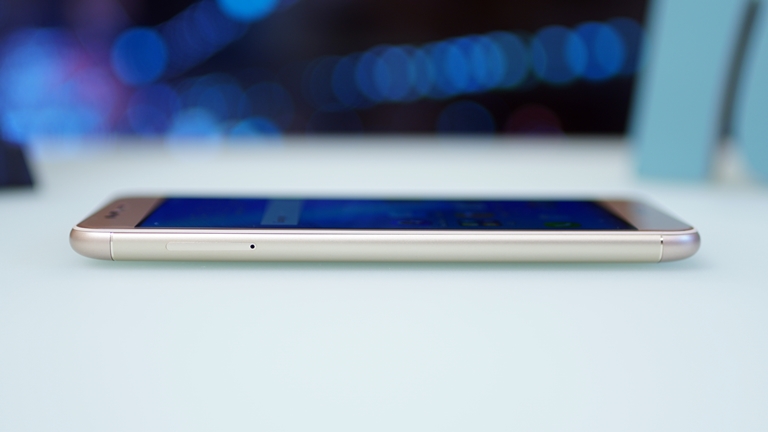
The top side only has the 3.5mm headphone jack and nothing else.
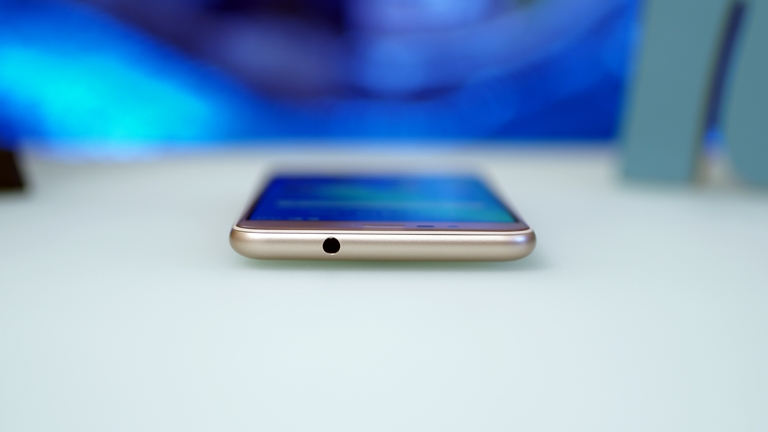
This leaves the bottom end to house the micro-USB port for charging and data connectivity and the main microphone pinhole.
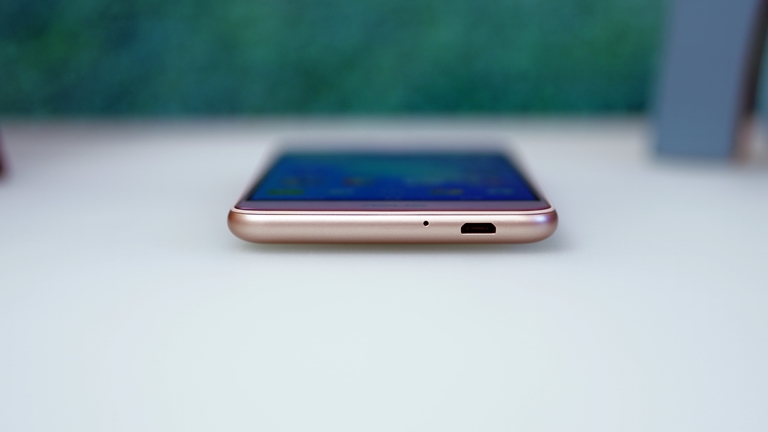
Coming from a faux-leather back panel, the new Max now has an aluminum shell sealing the battery inside. Since it has a smaller body, the battery is reduced to 4100mAh capacity. The main camera though is still a 13MP shooter with an LED flash but the laser AF sensor is nowhere to be found. In return, you’re getting a rear fingerprint scanner.

The body is not full-blown metal though as the top and bottom portion of the back is polycarbonate that mimics the color of the main metal plate. This is to allow signal penetrations in and out of the device. The construction of the Zenfone 3 Max is definitely an upgrade but the size is quite small for a smartphone that should have a bigger battery.
As mentioned, it has a 5.2-inch IPS LCD which is smaller from its predecessor’s 5.5-inch panel but still retains its HD resolution at 1280 x 720 pixels. Having a smaller panel with the same resolution results to a sharper display at 282ppi versus 267ppi. It’s got wide-viewing angles and a nice 2.5D glass on top. Compared to other displays, the panel of the Zenfone 3 Max is a bit warmer but you’ll get used it over time.
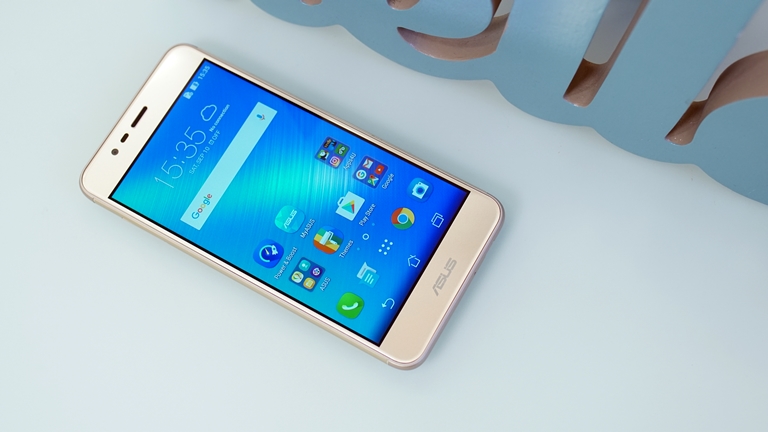
The speaker is your run-of-the-mill back-firing driver which is not exactly the ideal setup to enjoy content on the device. Quality-wise, it’s crisp for casual playback. If you wish to enjoy your media more, you can plug in the pair of quality earphones included in the retail package.
After handling a number of Zenfones since its first generations, we always hoped for the best when it comes to the software. As most would say, the ZenUI is not exactly a well-received Android skin. Since its introduction, ASUS’ take on the Android UX is overwhelmed with bloatware but the rest of the customization brings lot of improvements for consumers who play a lot with their phone’s features.

Speaking of bloatware, the internal storage is preloaded with apps that take up precious space. And if you’re particular with data consumption, initial boot and setup are already shoving apps including Lazada and TripAdvisor plus heavy games like Need For Speed: No Limits and SimCity Build It. You can uninstall them as you wish but leaving your new phone connected to your Wi-Fi network overnight will give you a nuisance task in the morning.
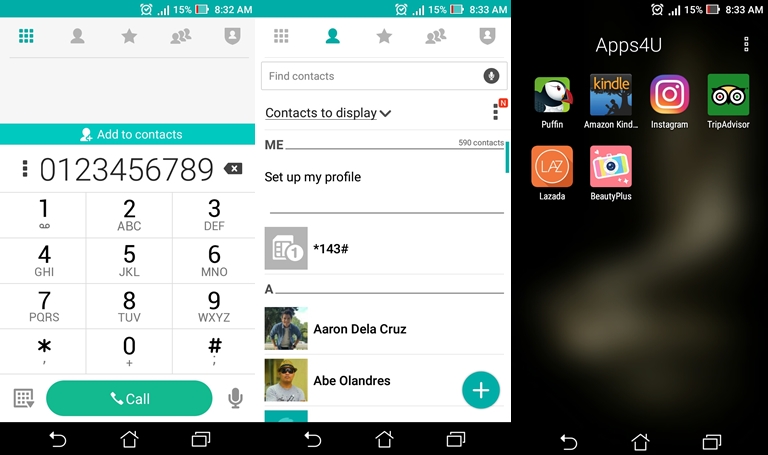
At the time of the fresh boot of the handset, it’s got 23.77GB of available storage. After completely updating and letting the phone leech internet connectivity, we were left with 20.37GB. That’s due to the installation of the apps and games’ data.
When it comes to photography, there’s the main 13-megapixel camera with an LED flash and the 5-megapixel front-facing camera. One of the omission to Zenfone 3 Max is laser autofocus which is not much a big deal since the phone is marketed towards battery rather than photography.

We’re happy to see the phone performs pretty well with its shooters. The contrast autofocus works fine during our use in bright conditions. Captured stills with the rear camera are fairly decent with good amount of details and there’s no shutter lag. Color balance is a bit warmer than usual but it’s not something you’d notice everyday. Here are some samples:
#gallery-1 { margin: auto; } #gallery-1 .gallery-item { float: left; margin-top: 10px; text-align: center; width: 33%; } #gallery-1 img { border: 2px solid #cfcfcf; } #gallery-1 .gallery-caption { margin-left: 0; } /* see gallery_shortcode() in wp-includes/media.php */As for video, you get a full HD recording that is usable for sharing. The framerate is also steady at 30fps. You can use the video stabilization feature that minimizes the shake when recording but it would downgrade the resolution to 720p only. Here’s a 1080p sample:
What’s ticking inside is a quad-core processor from MediaTek namely the MT6737T. It’s clocked at 1.5GHz paired with a Mali-T720 to handle graphics. ASUS is generous to give an ample 3GB of RAM to play with. On paper, the Zenfone 3 Max is not a powerhouse phone to run the best games and apps available. It’s a phone for everyday tasks that are expected to last for more than a full day. It can definitely run social apps smoothly and other similar software.

Although when it comes to gaming, it’s a mixed bag. Familiar intensive games like Need For Speed: No Limits and Asphalt 8 run pretty well on medium to high settings. The phone even has a gaming companion dubbed “Game Genie” that adds features to gaming and even a boost during gameplay. NBA 2K16 is supported but the game runs fairly well on low settings only.
As always, here are the benchmark scores for the Zenfone 3 Max:
For making calls, the handset’s earpiece is a bit quiet but the noise-cancelling microphone works well on our end. The low volume of the earpiece makes calling a chore when in a noisy environment.
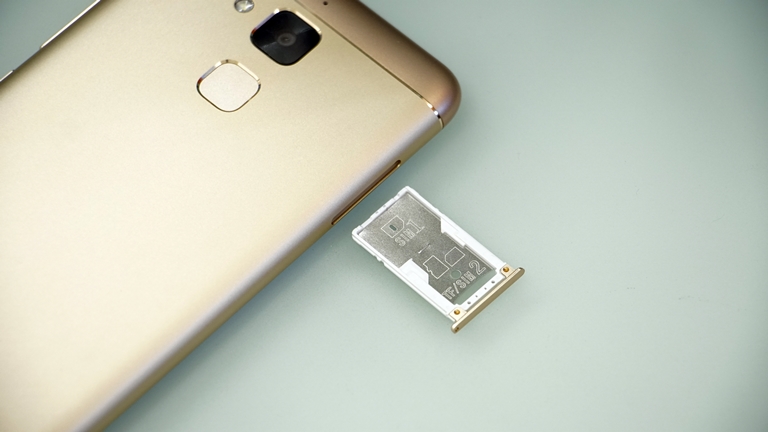
The basics of modern smartphone connectivity are loaded to the phone. There’s 4G LTE, Bluetooth, Wi-Fi, and GPS. Signal reception is pretty stable even in spotty areas but as always, mobile internet speeds will depend on your service provider’s coverage. The phone uses a hybrid card tray so you can put in two microSIM cards or opt the second slot for a microSD card.
The battery capacity is the main feature of the Zenfone 3 Max. This time around, there’s a 4100mAh cell inside. That’s 900mAh shy from its predecessor which is a big loss especially for power users. This makes the phone more of an update rather than an upgrade to the Max series. There’s no Quick Charge feature since it’s not using a Qualcomm chipset but it supports fast charging with a supplied power brick of 5V 2A. Charging it from zero to 100 takes about 2 hours and 45 minutes. You can also do reverse charging with the supplied OTG cable and let the phone act as a powerbank for your other devices.

Consuming the juice inside will take time and that’s the reason why you’d want to have phones with large batteries. With the PCMark battery test, it was able to last for an impressive 10 hours and 49 minutes. As for our traditional battery tests with a video loop, it was able to run for 12 hours and 30 minutes. Longevity is the power of the Zenfone 3 Max but compared to its siblings, it’s trailing behind.
The Zenfone 3 Max is more of an update rather than an upgrade for the Max series of the Zenfone. The smaller screen size is the culprit behind the shrunken battery capacity. While it’s still above the standard Android phone battery life, it’s not as impressive as before or even when compared to its Zenfone 3 siblings.
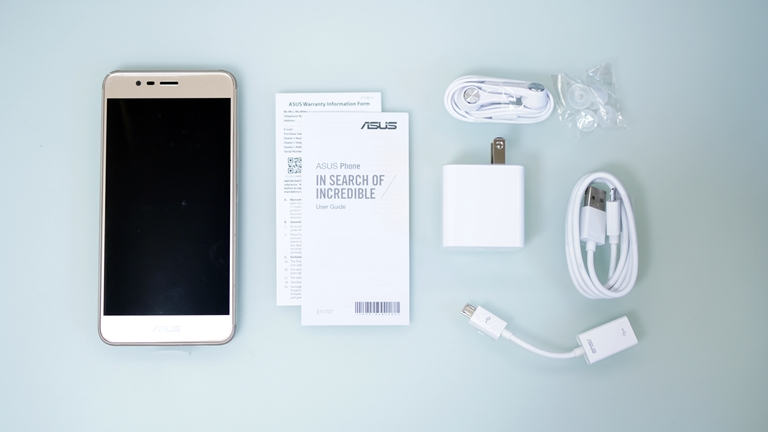
Still, it’s the cheapest among the family with an SRP of Php8,995.
ASUS Zenfone 3 Max specs:
5.2-inch IPS LCD @ 1280 x 720 pixels, 282ppi
1.5GHz MediaTek MT6737T quad-core processor
Mali-T720 MP2 GPU
3GB RAM
32GB internal storage
Expandable via microSD (uses SIM2)
13MP autofocus rear camera w/ LED flash
5MP front-facing camera
Dual SIM (Micro-SIM)
4G LTE
Wi-Fi 802.11a/b/g/n
Bluetooth 4.1
GPS w/ A-GPS, Glonass
Fingerprint scanner
Android 6.0 Marshmallow

YugaTech.com is the largest and longest-running technology site in the Philippines. Originally established in October 2002, the site was transformed into a full-fledged technology platform in 2005.
How to transfer, withdraw money from PayPal to GCash
Prices of Starlink satellite in the Philippines
Install Google GBox to Huawei smartphones
Pag-IBIG MP2 online application
How to check PhilHealth contributions online
How to find your SIM card serial number
Globe, PLDT, Converge, Sky: Unli fiber internet plans compared
10 biggest games in the Google Play Store
LTO periodic medical exam for 10-year licenses
Netflix codes to unlock hidden TV shows, movies
Apple, Asus, Cherry Mobile, Huawei, LG, Nokia, Oppo, Samsung, Sony, Vivo, Xiaomi, Lenovo, Infinix Mobile, Pocophone, Honor, iPhone, OnePlus, Tecno, Realme, HTC, Gionee, Kata, IQ00, Redmi, Razer, CloudFone, Motorola, Panasonic, TCL, Wiko
Best Android smartphones between PHP 20,000 - 25,000
Smartphones under PHP 10,000 in the Philippines
Smartphones under PHP 12K Philippines
Best smartphones for kids under PHP 7,000
Smartphones under PHP 15,000 in the Philippines
Best Android smartphones between PHP 15,000 - 20,000
Smartphones under PHP 20,000 in the Philippines
Most affordable 5G phones in the Philippines under PHP 20K
5G smartphones in the Philippines under PHP 16K
Smartphone pricelist Philippines 2024
Smartphone pricelist Philippines 2023
Smartphone pricelist Philippines 2022
Smartphone pricelist Philippines 2021
Smartphone pricelist Philippines 2020
Roan says:
Messenger (SMS) do not have notifications (red # appeared when you have message). It only have alert tone for such txt message. So how do I fix it?
John says:
Does it have gyroscope?
Marvin Llanes says:
After making a call the number 0 disappeared. How to solve this problem?
Toby says:
is there a way to remove the navigator when taking a screen shot?
Bing says:
Is anyone here experienced loss of simcard signal when inserted to sim2? I got 2 simcards went out of signal just this week. ???? please help how to fix it. Thanks
janine says:
how about the automatic capturing of the camera during calls??
Whitchell says:
I am using one to make this comment. The front camera sucks
Noynoy Aquino says:
Buy a Huawei P9 phone if you want it for photography.
Migzer says:
updated to the latest firmware but the fingerprint is still not working
mel says:
i can’t find the preloaded email application for this phone.
Ryukie says:
pfft.. ma macomment lang eh. GMG “how to download app”
Yusuf Nur says:
Support gyroscope sensor (hardware)? Please, give me screenshot of CPU-Z or AIDA64 app.. Thanks :)
drinking master says:
android Marshmallow can adapt memory card as internal no need for moving apps to sd card
Jay Roxxxas says:
Sir, did they fix the issue on moving app data to the sd card? I think some zenfones on marshmallow do not allow it.
Chris says:
after receiving an update last night the finger print scanner is not working anymore.
Daniel Morial says:
The latest update we received fixes the fingerprint issue. You’ll have to re-register your prints after updating.
Paul Ponce Aya-ay says:
I think the lack of Gyro/Compass (not sure about the compass) should be mentioned especially now that Pokemon Go gaming and VRs are becoming part of the norm nowadays.